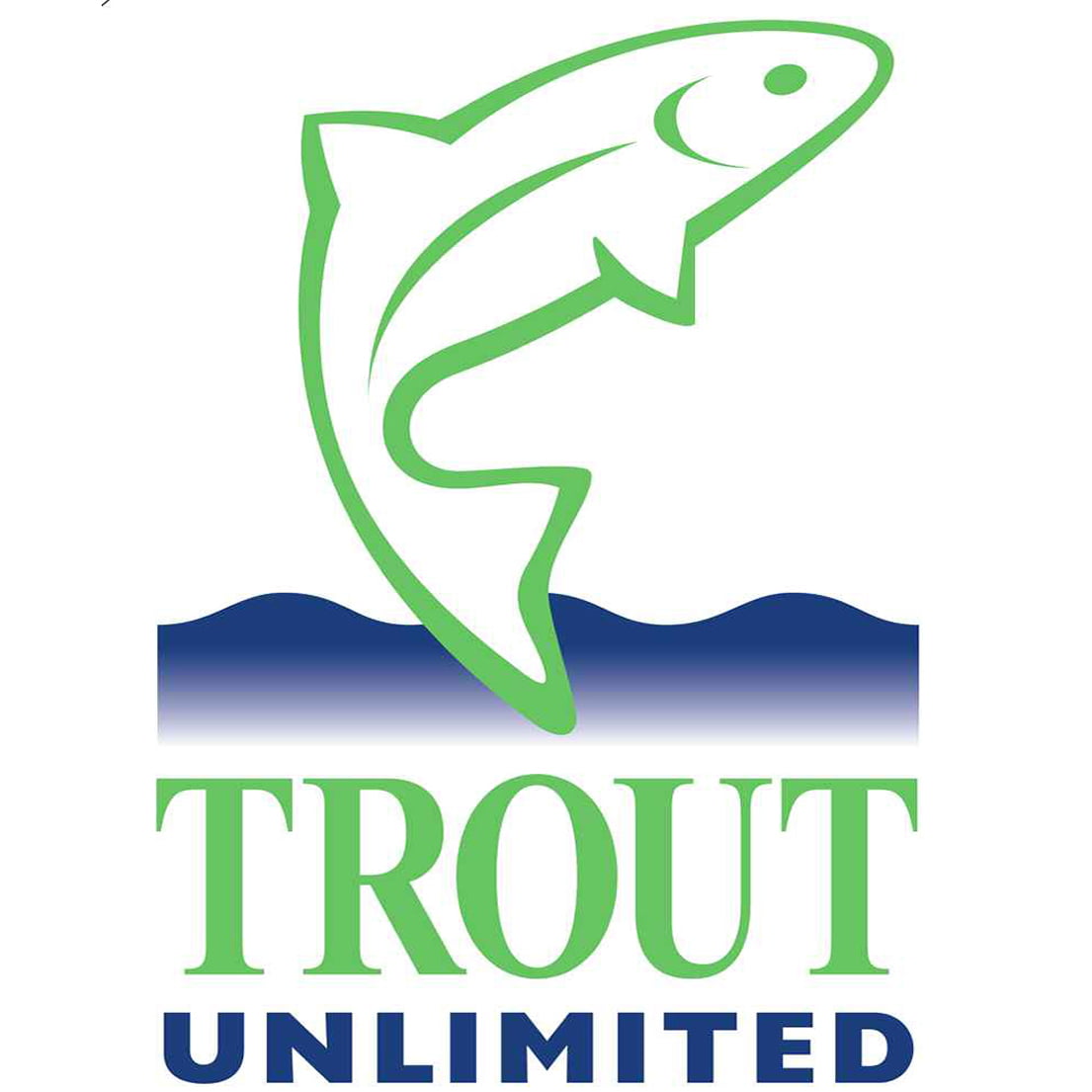
Instantly two things popped into my head, one I want one and two is this creature from this world. Well answer to question one is that they are from off the coast of Africa, so obtaining one is going to be pretty much be impossible unless I smuggle it back into the states after I go on a random trip to Africa. The answer to question two I answered already apparently it is from off the coast of Africa. Now what I find unbelievable is that this little guy will actually feed on the man o war jellyfish which is in the picture below, and absorb the venom from it and store it in its fingertip appendages.

This brings up why I am so in love with water and the ocean itself. It is unbelievable what life is in the big blue ocean, the colors and body shape of these organisms is unbelievable. I have attached another picture of the Glaucus atlanticus below to see the absolute incredible features this organism possesses. I would love to one day be able to work in the ocean with creatures like this, and be able to see these creatures in their natural habitats.

Now at the end of my search I was just looking through some pictures of how incredible some of these creatures look but their was one that made me laugh, and brought me back to when I was in elementary school. I have to ask you one question which one is Pikachu and which one is the slug, you tell me ?









